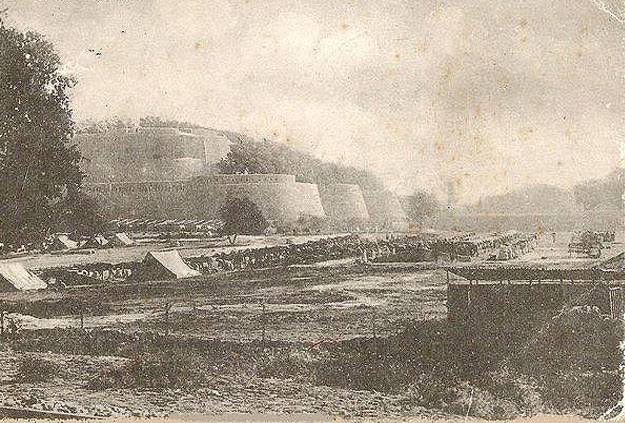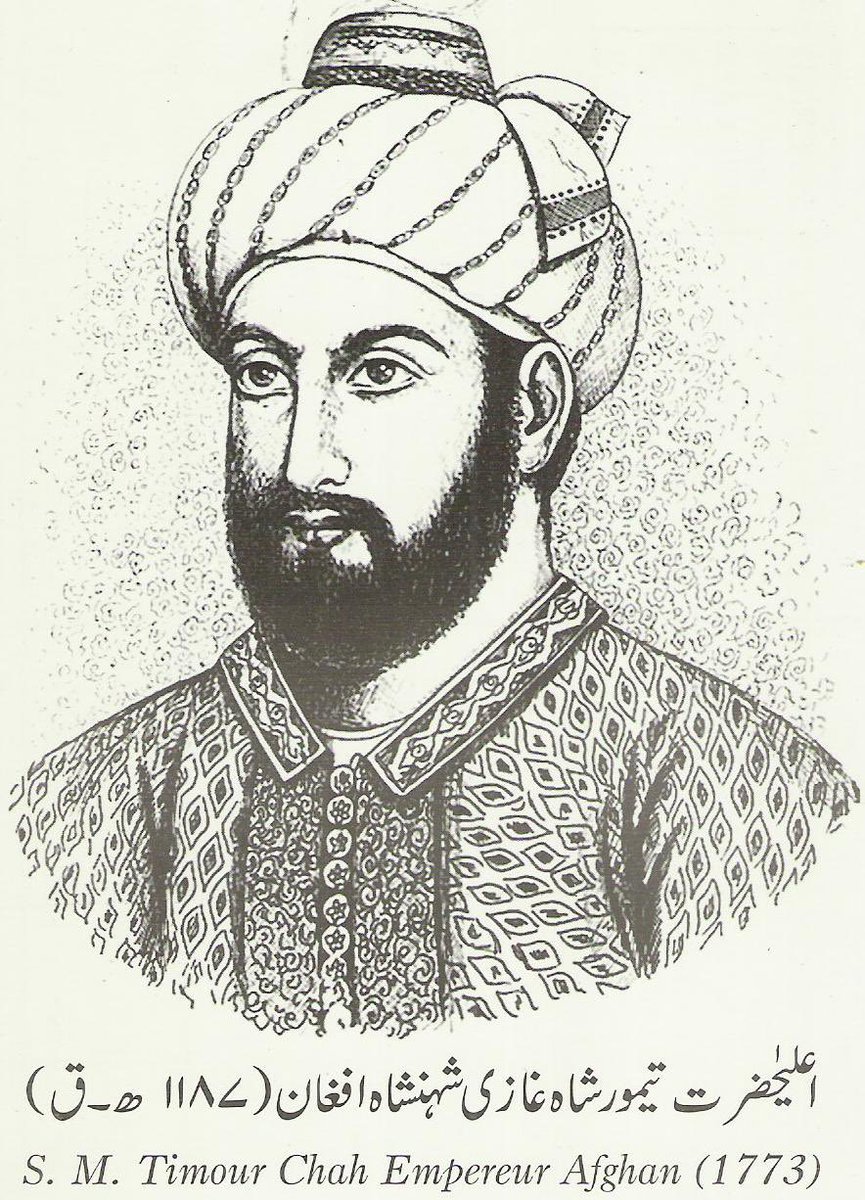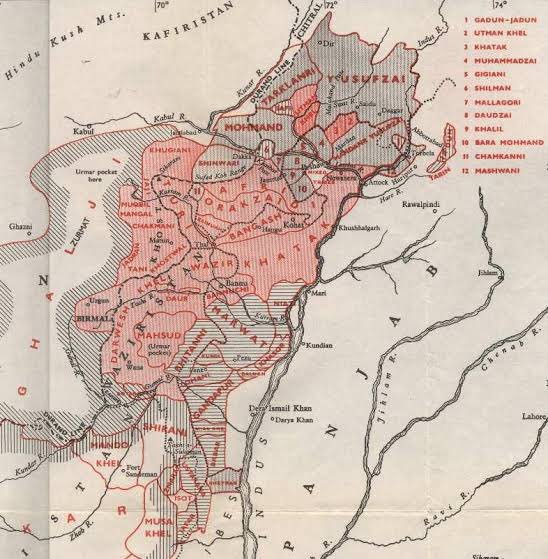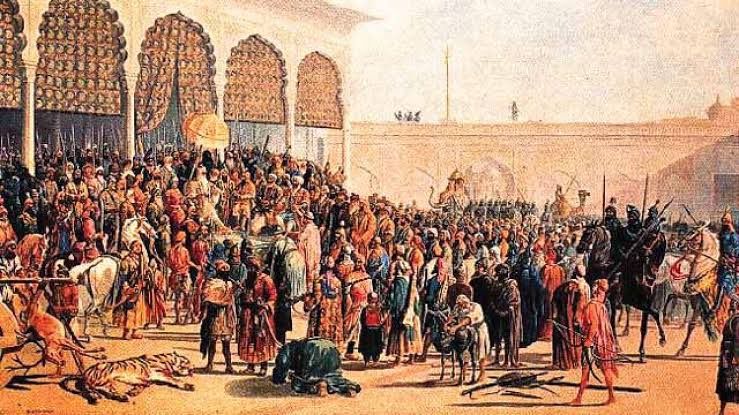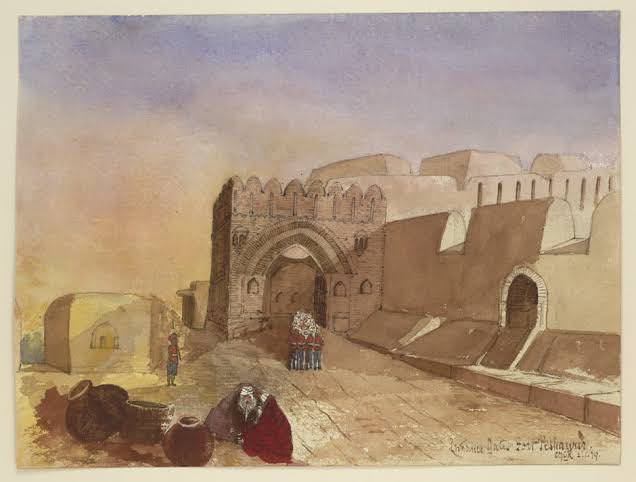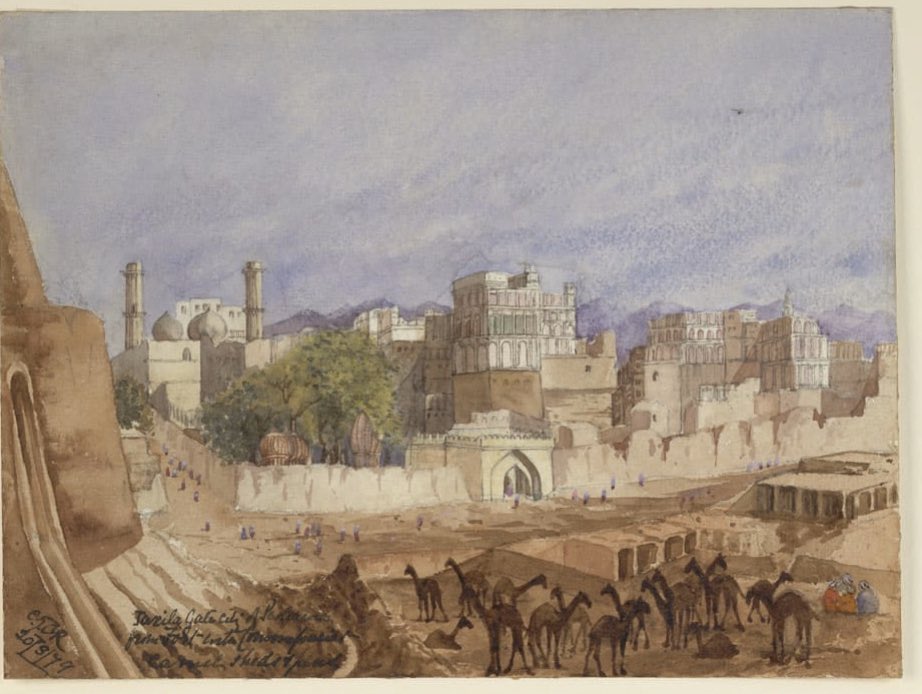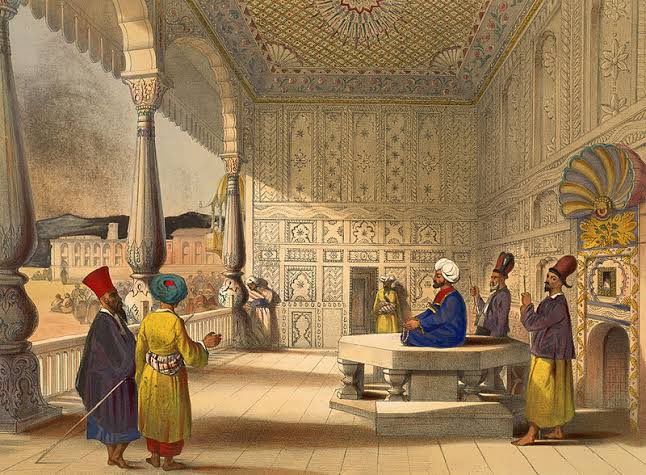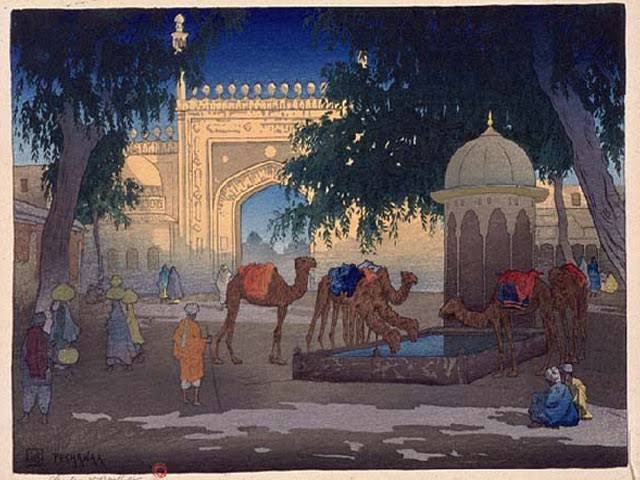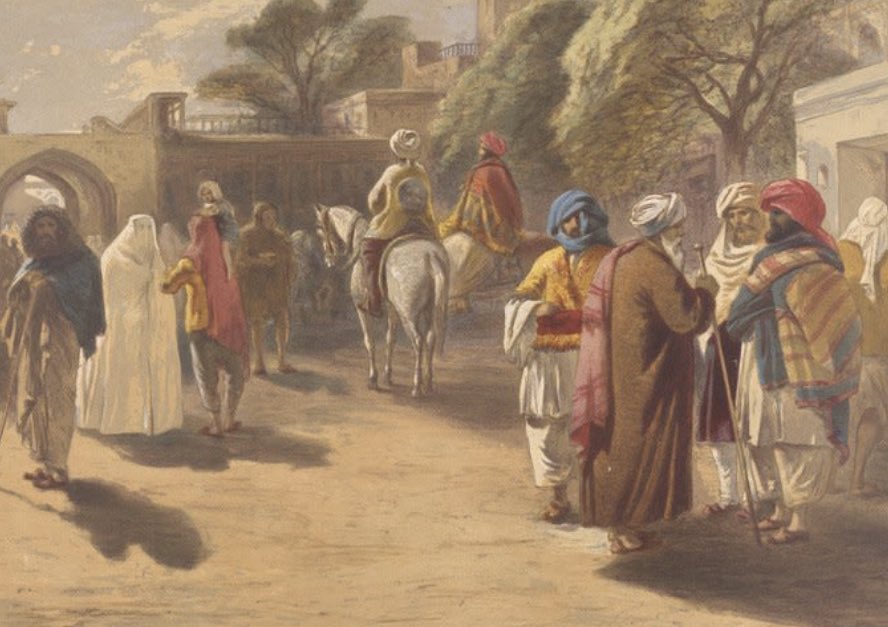Lesser Known Fact:
Although the Duranni rule over Peshawar was very prosperous and uplifting, in 1779 there was a failed coup and assassination attempt on Taimur Shah (Ahmed Shah’s Son) by local tribes of the Peshawar basin.
A thread on the 1779 insurrection:
Although the Duranni rule over Peshawar was very prosperous and uplifting, in 1779 there was a failed coup and assassination attempt on Taimur Shah (Ahmed Shah’s Son) by local tribes of the Peshawar basin.
A thread on the 1779 insurrection:
The revolt took place with the motive to depose Taimur Shah Duranni and have him changed with another Royal. According to certain accounts it was in favour of the 6th son of Ahmed Shah Durrani and according to others, a monarch who was more loyal to the tribes of Peshawar.
The chief conspirators were the Mohmand, Khalil and Daudzai tribes who were collectively known as the Arbabs. They enjoyed great influence and power in the region due to the fact that it was them who collected revenues and summoned levies for the rulers.
The chief of the plot, Faizullah Khan Khalil, under the pretext of attacking Punjab, procured permission from the King to raise an army. During this he was joined by the Mian of Chamkani, a renowned dervish as well as many other local tribes.
The plot was set into motion in the winters of 1779, when Taimur Khan was in Peshawar. The raised army at once fell on the Bala Hissar fort of Peshawar and penetrated it. The fighting started and the rebels made strong gains which forced Taimur Shah to flee to the upper storey.
Victory was deemed destiny by the rebels until the arrival of the personal guard of the Afghan King who at once cut through the entire attacking army. The lawns and courtyards of Bala Hisar were laden with bodies and the rebels started retreating.
The rebels were then chased by Taimur Shah till Chamkani where after the Mian of Chamkani was shielded by the locals, He allowed to flee to Buner. The king fearing a tribal uprising decided to allow for him to return after things were settled.
The plot failed and Taimur survived
The plot failed and Taimur survived
According to historians, the dislike for Taimur Shah was due to his policies and choice of ministers and counsellors as well as his shift of capitals from Kandahar to Kabul. It is said “he had loved Peshawar”. His death also took place in 1793 on the way to Kabul from Peshawar.
This was however more of a political revolt. Peshawar under the Durranis grew a lot as it was made the winter capital. It’s trade with Bukhara was rejuvenated and it’s gardens and parks were once again looked after. The city had suffered after Nadir Shah’s plunder.
The short lived Durrani rule saw a boom in trade until it fell to the Khalsa empire when severe depopulation took place due to their chaotic policies. Later on the Italian mercenary Paolo Avitable, though severely cruel to the locals, managed to fix Peshawar to some extent.
References:
Report on the permanent settlement of Peshawar.
Gazetteer of the Dera Ghazi Khan district: 1883.
Sayid Ahmed Barelvi: His movement and Legacy - A. Qadir.
Peshawar: Historic city of the frontier - A.H. Dani.
Report on the permanent settlement of Peshawar.
Gazetteer of the Dera Ghazi Khan district: 1883.
Sayid Ahmed Barelvi: His movement and Legacy - A. Qadir.
Peshawar: Historic city of the frontier - A.H. Dani.
Made this thread, since my article on the history of Ancient Peshawar under the Kushans would be released in a week in shaa allah. Stay tuned :)

 Read on Twitter
Read on Twitter